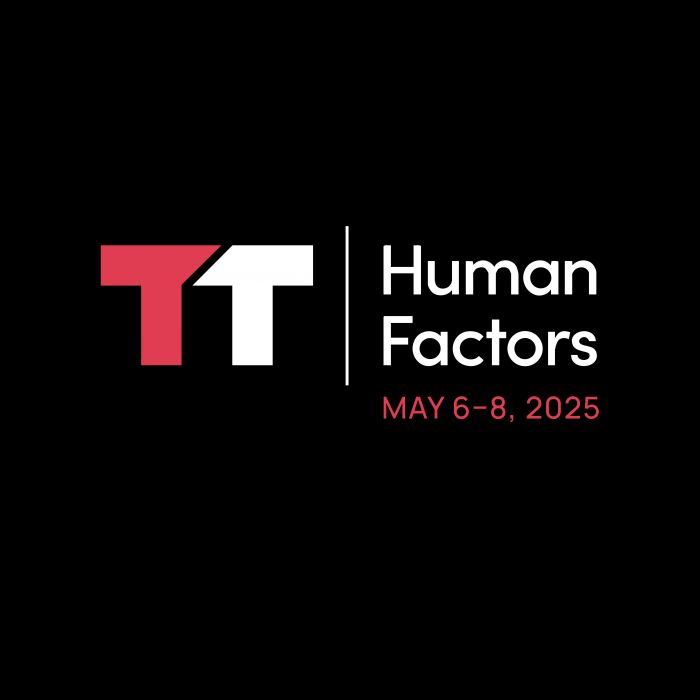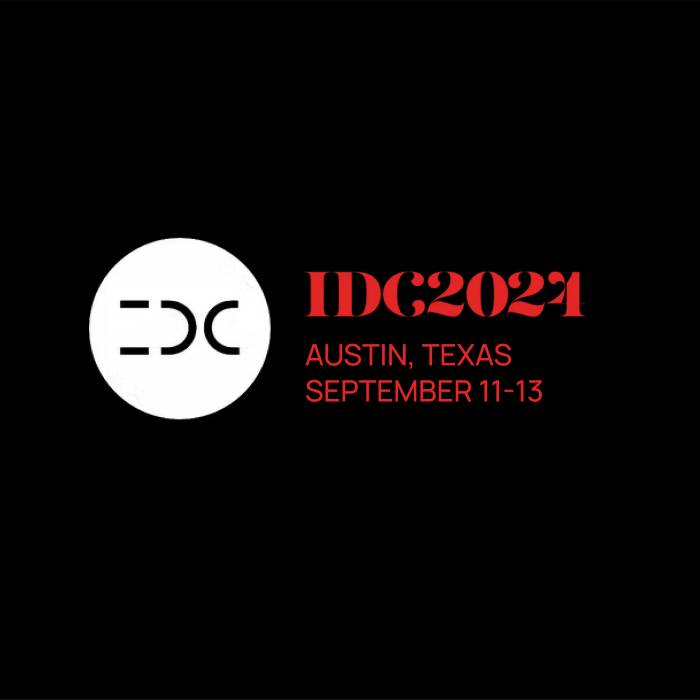Don’t miss Philip Remedios presenting at MD&M West 2022:
SESSION ONE:
What: Outsprint Your Competition to Market Launch by Streamlining Your Collaboration Roadmap
When: April 12, 2022, from 9:30 to 10:15 a.m.
Where: Anaheim Convention Center – 210AB
Traditional “waterfall” approaches to new product development are no longer viable as new technology drives the pace of MedTech devices faster than ever before. Device companies must move toward higher levels of collaboration in order to reduce time-to-market schedules, coupled with revised strategies on product specifications, and iterations to reduce scope, risk, and ultimately time.
- Establish and maintain stakeholder alignment at the earliest possible stage and should include executive, technical, marketing, manufacturing, sales, and service representation
- Parallel upfront tasks such as design requirements development and market access research with technical feasibility studies, resource recruitment, and regulatory strategy to accelerate and focus design activities
- Plan for rapid development cycles or sprints of mockups, prototypes, and usability testing to frontload design specifications and direction
SESSION TWO:
What: Panel Discussion: Connected Device Design – Using Best Practices During the Product Development Process
When: April 12, 2022, 10:30 – 11:15 a.m.
Where: Anaheim Convention Center – 208AB
Hardware design, software design, cloud architecture, usability engineering, wireless protocols, artificial intelligence, ML, cybersecurity. The list of things you need to know seems endless when it comes to designing a connected medical device. While an existing product might look the same before it transitions to a connected device, it is fundamentally different as it is part of a larger network of products and processes in a wider ecosystem. And of course, new products have many of the same decision criteria. Join our panel of experts for a robust discussion about where you need to focus your efforts in the early design phase to get the best results. Topics include:
- Development strategies that consider technology (AI, sensors), regulatory requirements (SaMD), and clinical uptake
- Applying human factors practices to better understand usability requirements
- Define the connectivity and software elements to best serve the specific requirements of the device
- Examples across screening/diagnostics, disease management, and digital therapeutics



